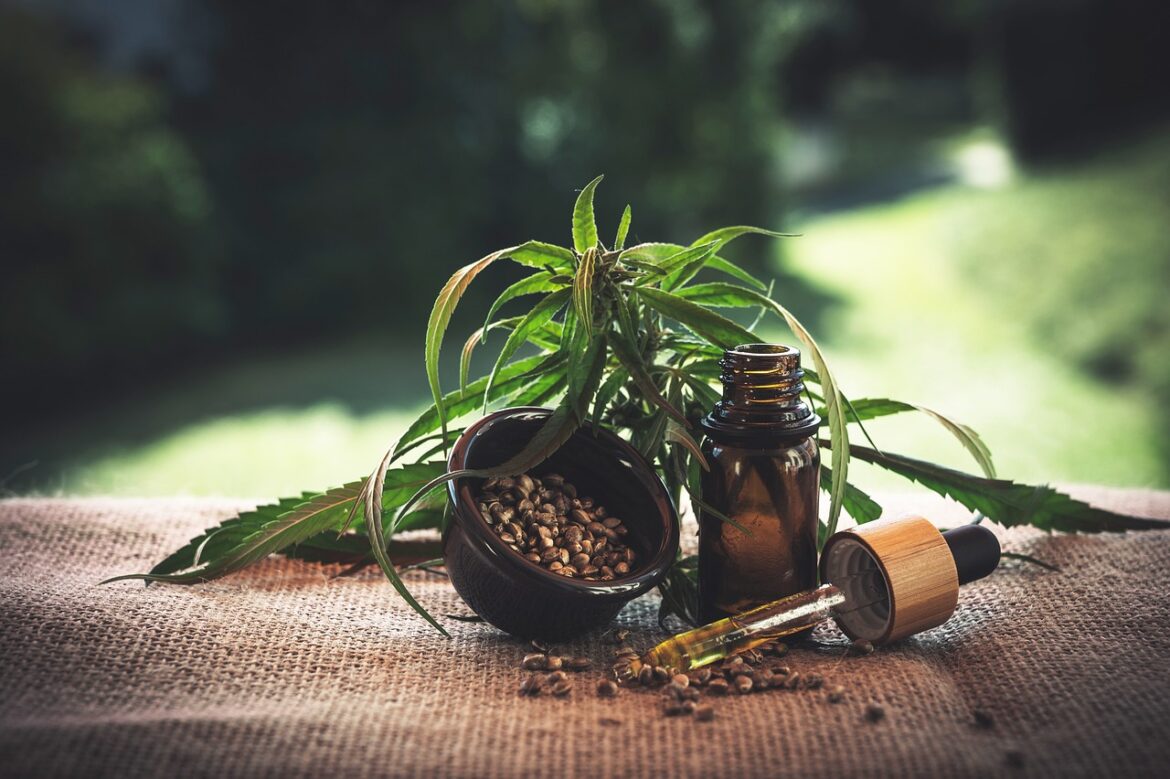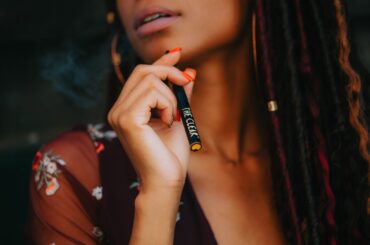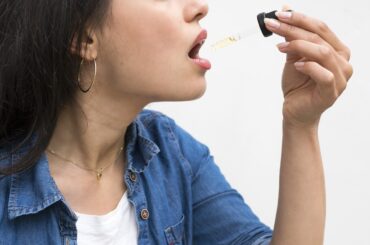Decarboxylation might initially sound like a term reserved for chemistry enthusiasts, but for those diving deep into the world of hemp and CBD, it’s a concept that’s essential to grasp. If you’ve ever relished the soothing effects of CBD flowers through methods like smoking or vaping, you’ve unknowingly experienced the transformative results of “decarbing.”
The Intricacies of Decarboxylation and Its Importance
Decarboxylation is fundamentally about the heating process of hemp flowers. This seemingly simple act triggers a profound chemical transformation, altering the atomic structure of essential cannabinoids, primarily CBD. But why is this process so crucial?
Raw cannabinoids present in hemp flowers are in a dormant or “inactive” state. Without the application of heat, these cannabinoids retain their “acidic state,” which means they aren’t as bioavailable or effective when consumed. It’s only after they’re exposed to heat that these cannabinoids shed their acidic properties and metamorphose into compounds like CBD and delta-8 THC, which our bodies can more readily absorb and utilize.
Decarboxylation: A Deep Dive into the Science
The overarching aim of decarboxylating cannabis flowers is to ensure that users reap the most potent and beneficial effects. While CBD is renowned for being non-intoxicating, its raw counterpart, CBD-A, doesn’t possess the same widely recognized therapeutic properties that CBD offers. Given CBD’s potent interaction with the body’s endocannabinoid system, it’s the preferred choice for a majority of hemp enthusiasts.
Mastering DIY Decarboxylation: Activating Your Hemp Flowers
For the adventurous souls keen on crafting DIY CBD edibles, tinctures, or topicals, mastering the art of decarboxylation is paramount. Simply mixing raw hemp flowers into a recipe without prior decarboxylation means your end product will predominantly contain CBD-A rather than the much sought-after activated CBD.
To proficiently decarboxylate hemp at home:
- Preheat your oven to a temperature not exceeding 245°F.
- Spread your hemp evenly on a tray, preferably lined with parchment paper.
- Allow it to bake for approximately 40 minutes, ensuring even heat distribution.
Adhering to this method should effectively activate the majority of cannabinoids and terpenes present in your hemp flowers, preparing them for optimal use.
Prioritizing Quality: The Undeniable Importance of Lab Reports
While understanding and implementing decarboxylation is pivotal for maximizing the benefits of cannabinoids, it’s equally vital to ensure the purity and quality of the hemp you’re using. Decarboxylation won’t eliminate potential contaminants like heavy metals, pesticides, or other harmful residues from hemp. Whether you’re smoking, vaping, or crafting your own hemp-infused creations, always prioritize hemp that comes with transparent and reliable lab reports. For an extensive collection of unbiased reviews and to discover top-tier hemp flowers, consider exploring resources like the Real Tested CBD website.
The Future of Decarboxylation and Hemp Consumption
As the hemp industry continues to evolve, so do the methods and techniques associated with it. Decarboxylation, while a fundamental process, is just one of the many facets of hemp consumption. As research progresses, we can anticipate more refined methods to emerge, further enhancing the efficacy and benefits of hemp-derived products. For now, understanding and implementing decarboxylation remains a cornerstone for anyone serious about maximizing the potential of their hemp products.



